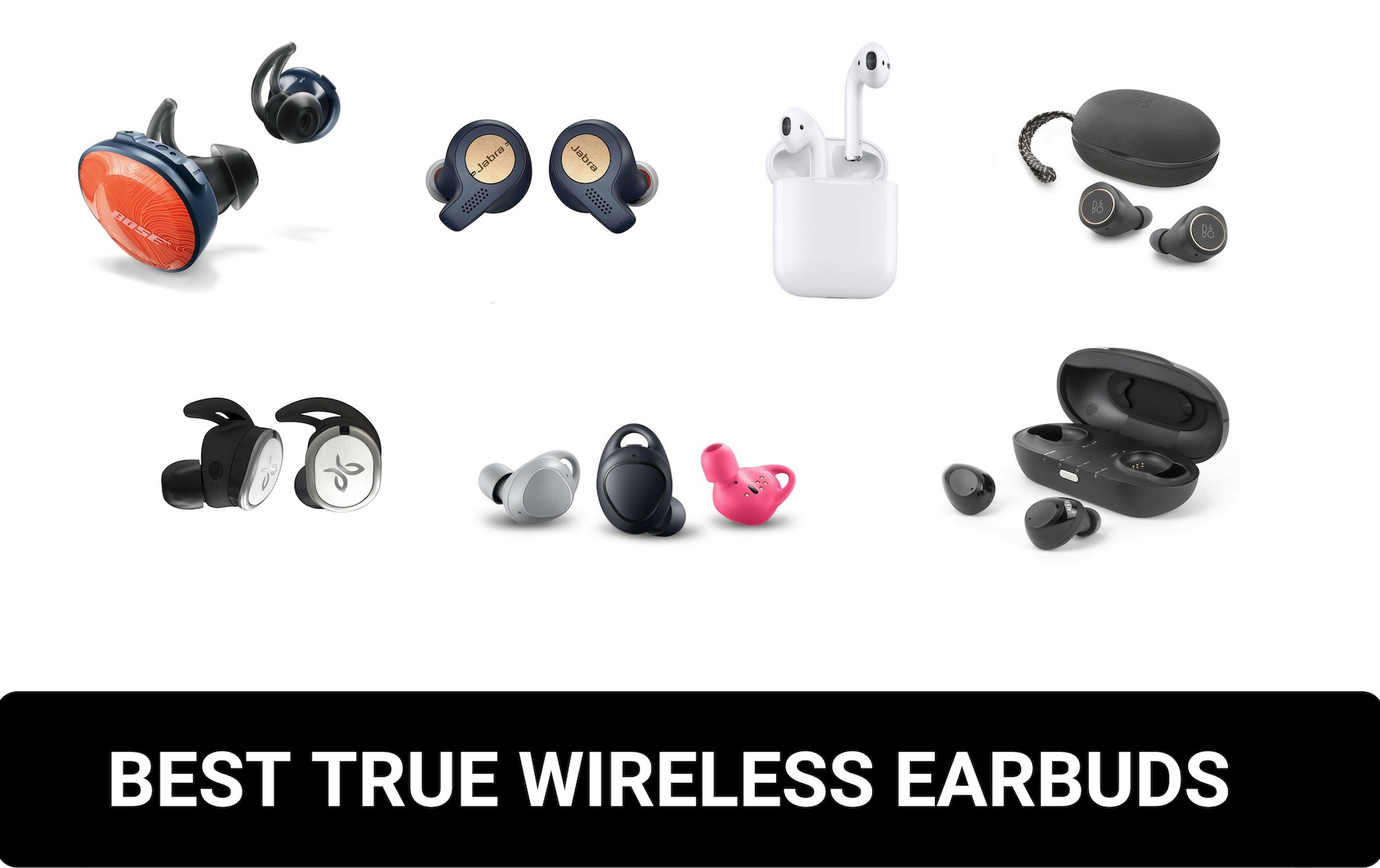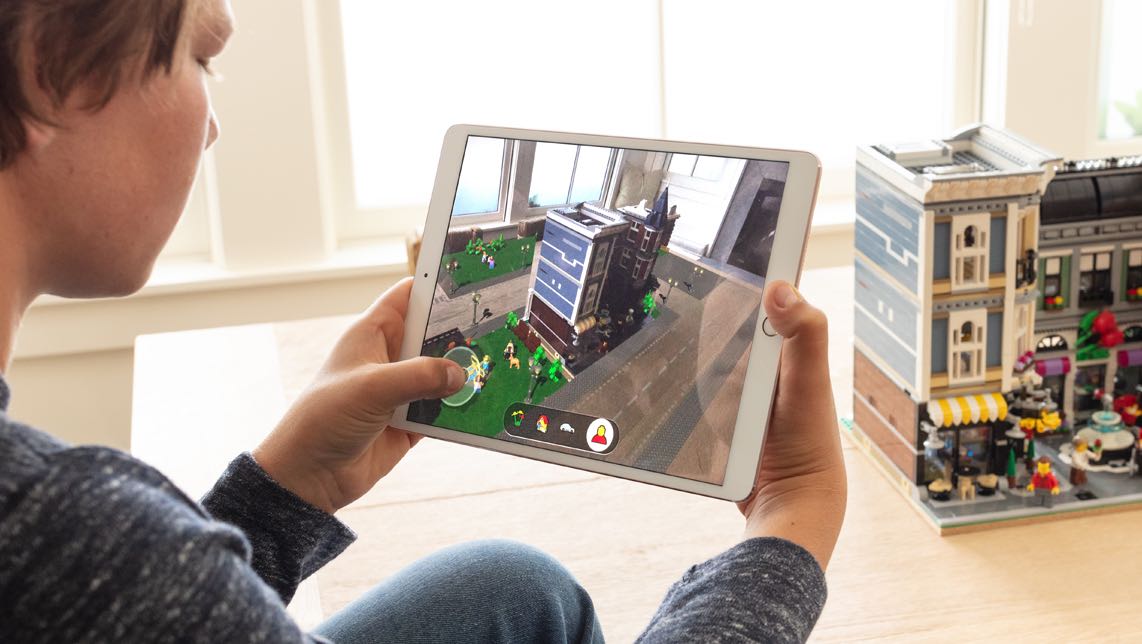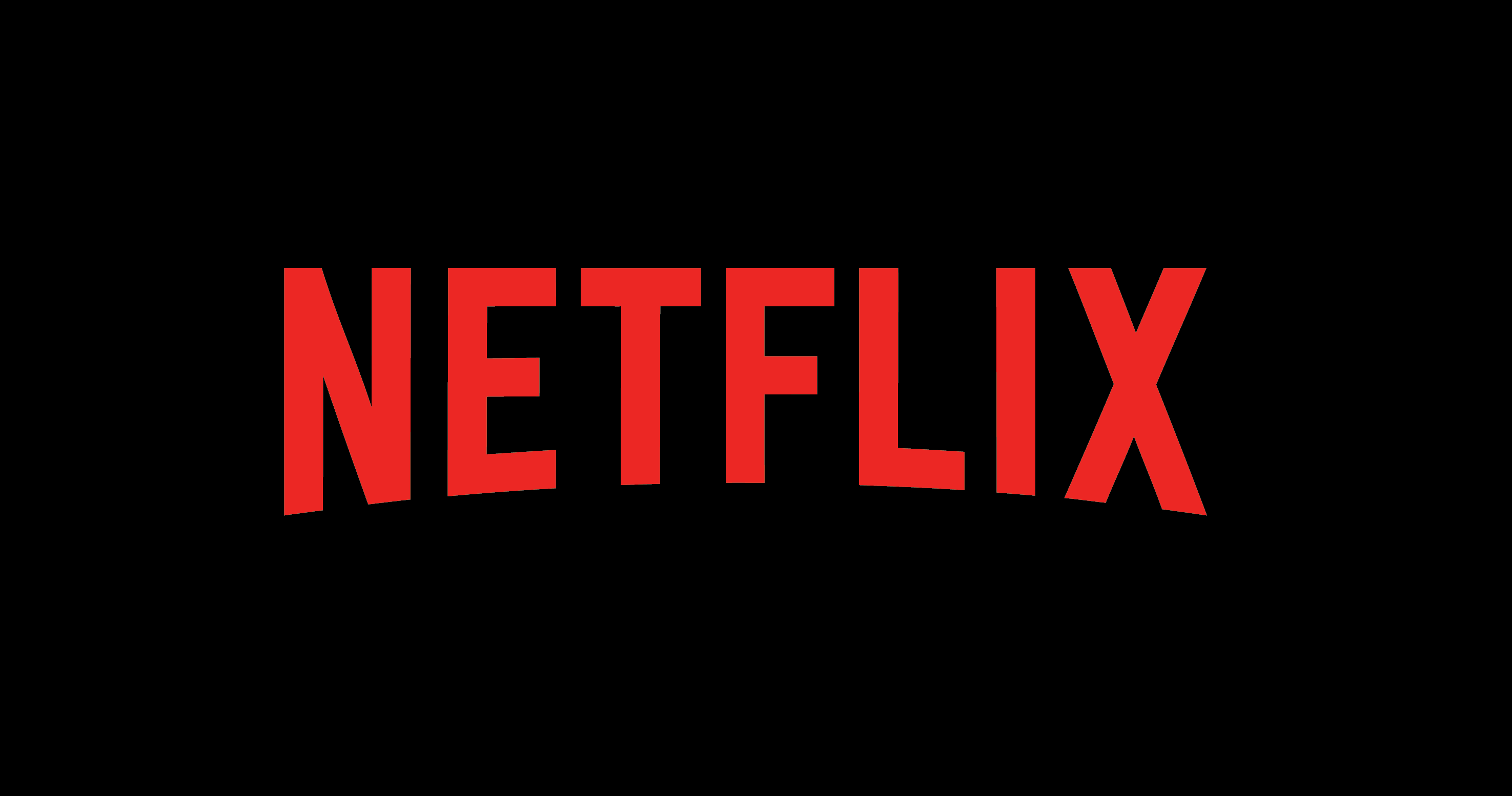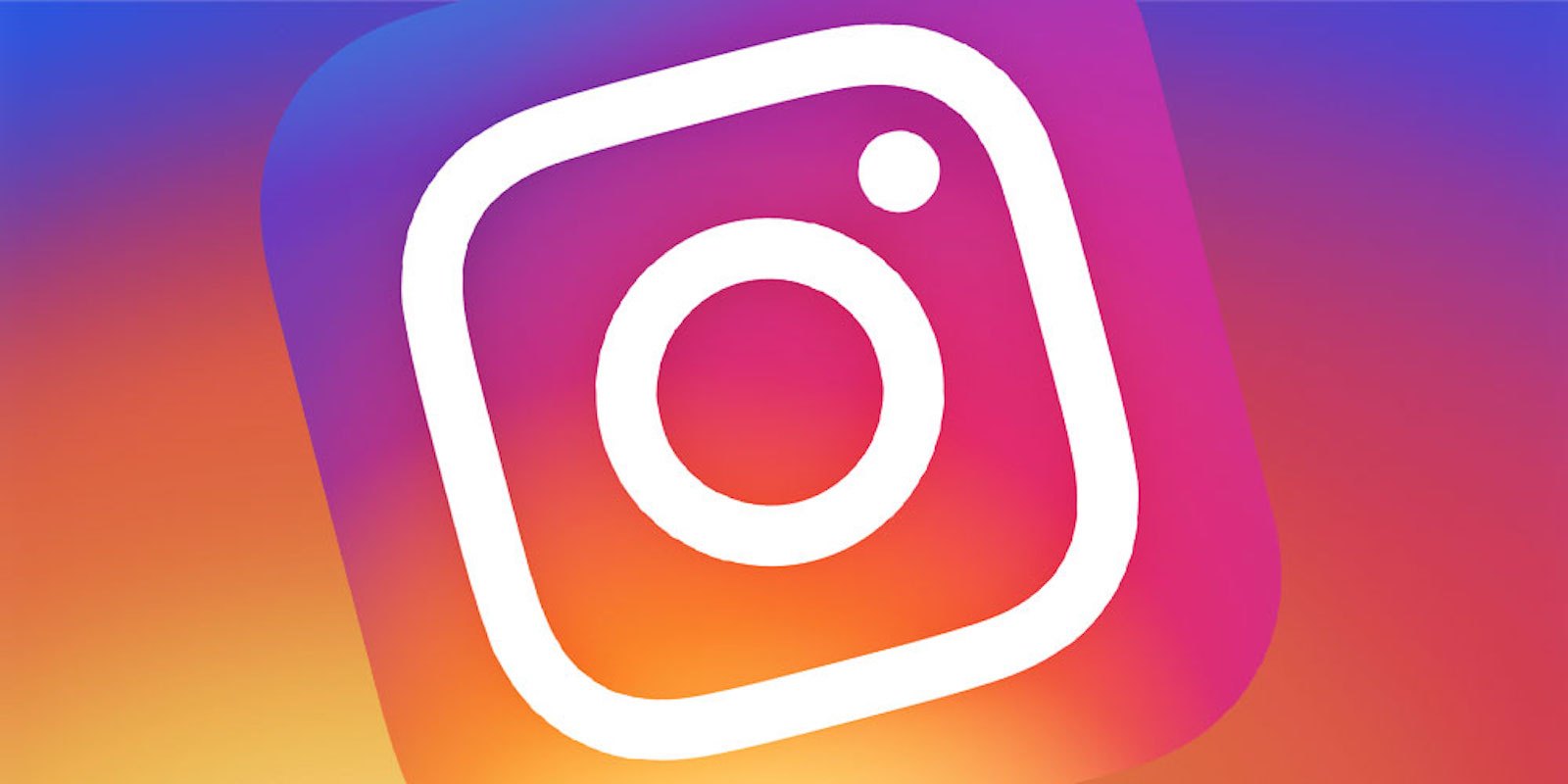Third-party Apple Watch faces still haven't arrived. Despite this, there's now a way to create customized watch faces using the graphics rendering and animation tool, SpriteKit.
Create custom Apple Watch faces using SpriteKit


Third-party Apple Watch faces still haven't arrived. Despite this, there's now a way to create customized watch faces using the graphics rendering and animation tool, SpriteKit.

There’s a new app that lets you “sue anyone by pressing a button.” The aptly named DoNotPay app uses IBM Watson-powered artificial intelligence to help people win up to $25,000 in small claims court.

Cupertino plans on introducing a new digital video service beginning next year. The cost to Apple device owners will be zero, according to CNBC.
In what’s being described as part of a new digital TV strategy, Apple has decided to marry original content and subscription services from so-called legacy media companies. In doing so, owners of the Apple iPhone, iPad, and Apple TV will find the new content available for free, according to “people familiar with the matter.”
As part of the unannounced service, Apple plans on introducing subscription “channels” that will allow users to sign up for online-only services like HBO Go and Starz.
By offering its original content for free, Apple hopes to appeal to broader audiences. It will do so by only airing "PG-rated" shows.
CNBC also explains:
Apple is also looking for "tent pole" franchises that could serve as linchpins to a paid Netflix-like subscription service down the road, two of the people said. Think "Game of Thrones," but without the sex and violence.
Apple currently has dozens of original TV shows under development, including ones starting big stars like Reese Witherspoon and Jennifer Aniston. In total, the company plans on spending $1 billion to get its project off the ground.
CNBC expects Apple to announce its plans early next year.
For Apple to release these series for free to Apple device owners is an interesting move. Still, I'm not sold on its possible decision to only produce family-friendly fare. Interestingly, if you look at the list of series Apple is committed to producing, not all of them sound family-friendly in my opinion. This could suggest that CNBC is wrong on this point or perhaps Apple plans on putting some of its edgier content elsewhere.
Earlier today, WarnerMedia announced that it would introduce a new direct to consumer video service in late 2019. The unnamed product will compete with Netflix, Amazon Video, and Disney's upcoming service.
What do you think? Are you surprised to hear that Apple might offer its original content for free?

WarnerMedia, which includes HBO, Turner, and Warner Bros., plans to offer a new video streaming service. The unnamed direct to consumer product will compete with services like Netflix, Amazon Prime Video, and others, and launch in the fourth quarter of 2019, says WarnerMedia CEO John Stankey.
Formerly Time Warner, Inc. WarnerMedia was acquired earlier this year by AT&T. The company, which is headquartered in New York City, includes film, television, cable networks, and publishing operations.
In an internal memo, which was first noted by CNN, Stankey says the new service will build on the success of HBO Now, noting:
Our service will start with HBO and the genre-defining programming that viewers crave. On top of that we will package content from Turner and Warner Bros. with their deep brand connections that touch both diverse interests and mass audiences.
In a subsequent public release, Stankey explained:
We are committed to launching a compelling and competitive product that will serve as a complement to our existing businesses and help us to expand our reach by offering a new choice for entertainment with the WarnerMedia collection of films, television series, libraries, documentaries and animation loved by consumers around the world.
WarnerMedia isn't the only company planning on offering a new direct to consumer video service in the coming year. Disney plans to begin offering something similar in 2019. There's also a chance Apple too will announce some sort of video streaming package. As you might recall, it's currently developing $1 billion worth of original content.
For years, consumers complained about the high cost of satellite and cable subscriptions. Eventually, this led to the rise of direct to consumer services like Netflix, and over the top (OTT) products like DirecTV Now and Youtube TV. With so much content (available through separate monthly bills), it makes you wonder where everything is headed and whether all the services currently available will survive.
Already, for example, there are growing calls for PlayStation to shut down its Vue OTT product, which has just 500,000 monthly subscribers compared to Sling TV's 2.2 million and DirecTV Now's 1.8 million. Meanwhile, an October survey from Sandvine says that video piracy is growing thanks to the rise of original "exclusive" content.

True wireless earbuds have grown in popularity since Apple released its first-generation AirPods in December 2016. Since then, there has been a steady stream of alternatives making their way into showrooms online and off. Here are the best true wireless earbuds you can buy.

Cupertino doesn’t publicly announce all of its acquisitions, although the details of each are usually leaked soon after they occur. In the case of Apple’s purchase of Danish visual effects startup Spektral, it took nearly a year before the news trickled out.

Netflix might have the most to lose by Apple's upcoming entry into the world of internet TV. However, it doesn't look like the company is worried about the iPhone maker's move, at least not yet, according to CNET.
Speaking at the Vanity Fair New Establishment Summit in Los Angeles, Netflix's chief content officer Ted Sarandos said he doesn't know what Apple is doing with the $1 billion it has budgeted to produce original content. Further, he doesn’t “think people making shows for them have any idea” either.
Whether he’s worried, Sarandos says Netflix doesn’t “put much focus on any competitor.”
Those words might be accurate, of course. It's just as likely, Netflix isn't worried, because, like everyone else outside of Apple, it has no clue what's going on behind the scenes.
To date, occasional stories have popped up over the past year mentioning which TV projects Apple has approved and which stars are connected to them. We know, for example, that Apple is putting together a growing lineup of comedies, dramas, documentaries, and animated titles. We also know some of the biggest names in Hollywood are on board, including Academy Award winners like Reese Witherspoon and Octavia Spencer, plus Jennifer Aniston, Aaron Paul, and many more.
What no one seems to know is when the shows will begin airing and where. Rumors continue to suggest Apple plans on announcing a video streaming service that will somehow be tied to Apple Music. The specifics, however, have yet to surface, and might not until early next year. Most think Apple will begin airing programs in mid-2019.
For its part, Netflix continues to spend upwards of $8 billion each year on new content. Perhaps that amount of cash is the real reason Netflix doesn't seem worried about Apple. What do you think?

On Tuesday, Twitter announced it would soon be ending the ability to create Moments through the social network's iOS and Android apps. For the time being, you'll still be able to create Moments from the Twitter website. This news was first reported by 9to5Mac.
Google has introduced new consumer products just in time for the holiday shopping season. While devices like the third-generation Pixel smartphone were long expected to make their debut this month, the company also announced some surprises.
Pixel 3 and Pixel 3 XLThe third-generation 5.5-inch Pixel 3 and 6.3-inch Pixel 3 XL look similar to last year's models, except for some minor design changes. The back on the handsets now includes Corning Gorilla Glass 5 at the top (it's also used on the front) where it surrounds the phone's camera and flash. There's also a smaller bezel on the larger model. (The Pixel 3 XL is also the first Pixel to embrace a notch like the ones found on Apple's X series.)
Both models feature 4GB of RAM and a Qualcomm Snapdragon 845 processor. New this year is Google's Titan security chip, which Google says makes for a more secure experience for users.
Pixel smartphones have received high marks over the years for the seamless integration between Google Photos and the built-in cameras. This integration expands further on this year's models with Top Shot, which examines the pictures taken in a series and suggests which one is best.
If you're in the market for an Android-based smartphone, the Pixel 3 and Pixel 3 XL are both worth considering since they offer a more stripped down Android experience. In this case, each model ships with Android 9 Pie and Google Assistant.
Both models are available in Clearly White, Just Black, and Not Pink, starting at $799. Each order comes with a free six-month subscription to YouTube Premium. A separate Pixel Stand is available for $79.
You can pre-order a Pixel 3 now with the first orders being delivered on Oct. 18.
Pixel SlateThe midnight blue 12.3-inch 293 PPI Pixel Slate tablet also features Corning Gorilla Glass 5. The "Molecular" LCD touchscreen display works with the Google Pixelbook Pen. There's also Pixel Imprint, which will remind many of Apple's Touch ID.
The Pixel Slate runs Chrome OS and will arrive later this year at various price points. Those prices are determined by the processor, RAM, and amount of storage you select.
You can choose from an Intel Celeron, Core m3, Core i5, or Core i7 processor. RAM options are 4GB, 8GB, or 16GB, with storage levels of 32GB, 64GB, 128GB, and 256GB.
With prices starting at $599, the Pixel Slate could attract buyers looking for a Chrome OS-based tablet. Each purchase comes with a free six-month subscription to YouTube Premium. You can also buy a Pixel Slate Keyboard for $199.
The Pixel Slate arrives later this year.
Google Home HubAs an Apple buyer, you're probably not going to consider a Pixel 3 or Pixel Slate. However, you might take a look at the new Google Home Hub. Priced at $149, Google's newest Home offering features a 7-inch display and serves multiple purposes, including as a full-range speaker.
First, you can use it just as you would any other Google Assistant-based device by asking it questions throughout the day. It also can control smart home appliances, including those from August, Canary, D-Link, and many more. At launch, the Home Hub supports more than 400 different brands across multiple product categories.
The Home Hub is also noted for offering YouTube, which is a big deal when you consider that Amazon's Echo Show no longer supports the service.
When you're not using Home Hub, it will post relevant information on the display such as the time, weather, and upcoming events. Unlike the recently announced Facebook Portal, the Home Hub does not have a built-in camera. Whether this becomes a deal-breaker isn't yet know.
The Google Home Hub officially launches on Oct. 22 with pre-orders beginning now. Like other new products, Google's offering a free six-month subscription to YouTube Premium with any purchase.
Chromecast, third-generationAlso on Tuesday, Google introduced the third-generation Chromecast. Once again, the tiny dongle lets you stream content from your mobile device or computer to your televisions. This year’s Chromecast model comes in chalk or charcoal and is priced at $35. It’s said to be 15 percent faster than the previous model and offers support for streaming 60fps video at 1080p.
The 2018 Chromecast can also act like a Chromecast Audio. In doing so, you can use it to play music in sync with other speakers connected to Google’s smart devices. That feature is expected to launch later this year through a software update. Beyond these changes, the new Chromecast is similar to the older model.
Interestingly, Google didn't update the Chromecast Ultra, which offers 4K streaming.
You can order a new Chromecast now.
Finally, Call Screen and DuplexIt's important to note two of the more exciting things Google mentioned today weren't hardware-related. The first is Call Screen, which allows Google Assistant to answer your suspicious calls automatically. From there, it will transcribe the conversation in real-time so you can decide what to do. Based on the transcription, you can choose to answer the call or to hang up. You can also block the call with ease.
Call Screen is launching first on the new Pixel 3 but will arrive on older devices in the coming weeks through a software update.
Google also announced it's controversial Duplex Al voice-calling feature will begin rolling out in select cities in November. The service allows, at your prompt, Google Assistant to call businesses such as restaurants or doctor's offices to make reservations.
Demoed earlier this year, Duplex was quickly panned because the sample conversations sounded too real. Like Call Screen, Duplex will now alert users when Google Assistant is involved in a call and make clear it's a bot and not a real person. Duplex is an exclusive feature for Pixel owners.
Google introduced some exciting new products today. In particular, I'm looking forward to testing the Home Hub. I also want to hear more about Call Screen and whether this type of feature could eventually arrive on iOS devices so we can block spam calls easier.
Which new Google products are you excited about seeing in the coming weeks? Let us know below.
All images courtesy of Google

On Tuesday, Apple introduced new beta software versions to developers. Registered users can now download iOS 12.1 beta 3, tvOS 12.1 beta 3, and watchOS 5.1 beta 3 on their respective devices.

Instagram has announced new anti-cyber-bullying measures that use machine learning to detect inappropriate content. The new technology begins rolling out today, Oct. 9 across its social network.

Actress Katherine LaNasa (“Imposters,” “Satisfaction”) has joined the cast of Apple’s upcoming series, “Are You Sleeping?” The drama stars Academy Award winner Octavia Spencer and Lizzy Caplan (“Masters of Sex.”)